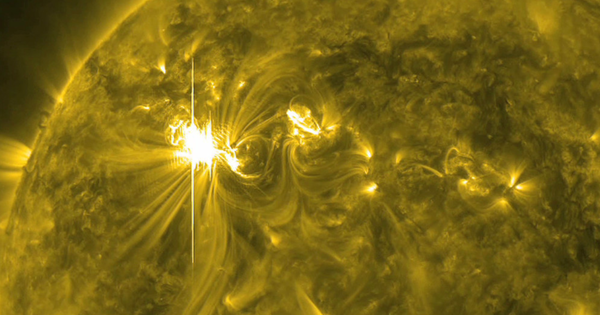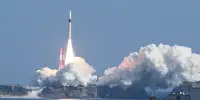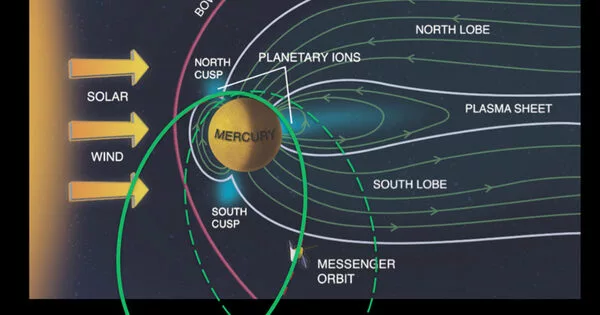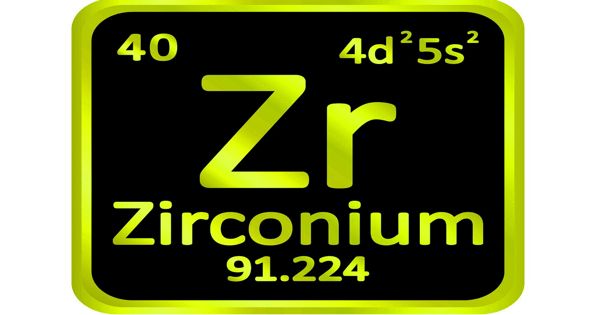A new study from the University of Queensland sheds new light on a mysterious, unpredictable, and potentially devastating type of astrophysical event. To learn more about radiation ‘storms,’ a team led by Dr. Benjamin Pope from UQ’s School of Mathematics and Physics used cutting-edge statistics on data from millennia-old trees.
“These massive bursts of cosmic radiation, known as Miyake Events,” Dr. Pope explained, “happen about once every thousand years, but the causes are unknown. The most popular explanation is that they are massive solar flares. More information is needed because if one of these events occurred today, it would destroy technology such as satellites, internet cables, long-distance power lines, and transformers. The consequences for global infrastructure would be unfathomable.”
Enter the humble tree ring.
When radiation enters the atmosphere, it generates radioactive carbon-14, which filters through the air, oceans, plants, and animals, leaving an annual record of radiation in tree rings. To gain insight into the scale and nature of the Miyake Events, we modeled the global carbon cycle over a 10,000-year period.
Dr. Benjamin Pope
Qingyuan Zhang, a UQ undergraduate maths student, developed software to analyze every available piece of data on tree rings. “Because you can count the rings on a tree to determine its age, you can also observe historical cosmic events that date back thousands of years,” Mr Zhang explained.
“When radiation enters the atmosphere, it generates radioactive carbon-14, which filters through the air, oceans, plants, and animals, leaving an annual record of radiation in tree rings. To gain insight into the scale and nature of the Miyake Events, we modeled the global carbon cycle over a 10,000-year period.”
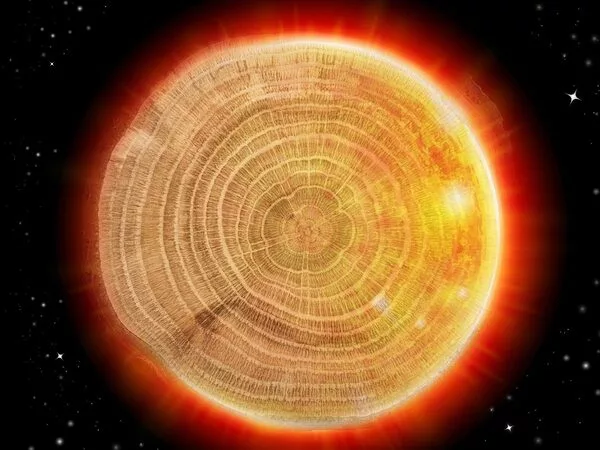
The common theory until now has been that Miyake Events are giant solar flares.
“But our results challenge this,” Mr Zhang said. “We’ve shown they’re not correlated with sunspot activity, and some actually last one or two years. Rather than a single instantaneous explosion or flare, what we may be looking at is a kind of astrophysical ‘storm’ or outburst.
“According to Dr. Pope, the fact that scientists don’t know exactly what Miyake Events are or how to predict their occurrence is very concerning.” According to available data, there is a 1% chance of another one occurring within the next decade. However, we have no idea how to predict it or what harm it may cause. These odds are quite concerning, and they lay the groundwork for future research.”
The findings were published in the Proceedings of the Royal Society A. Undergraduate math and physics students Utkarsh Sharma and Jordan Dennis also contributed to the study. The Big Questions Institute made a philanthropic donation to UQ to support the work.
